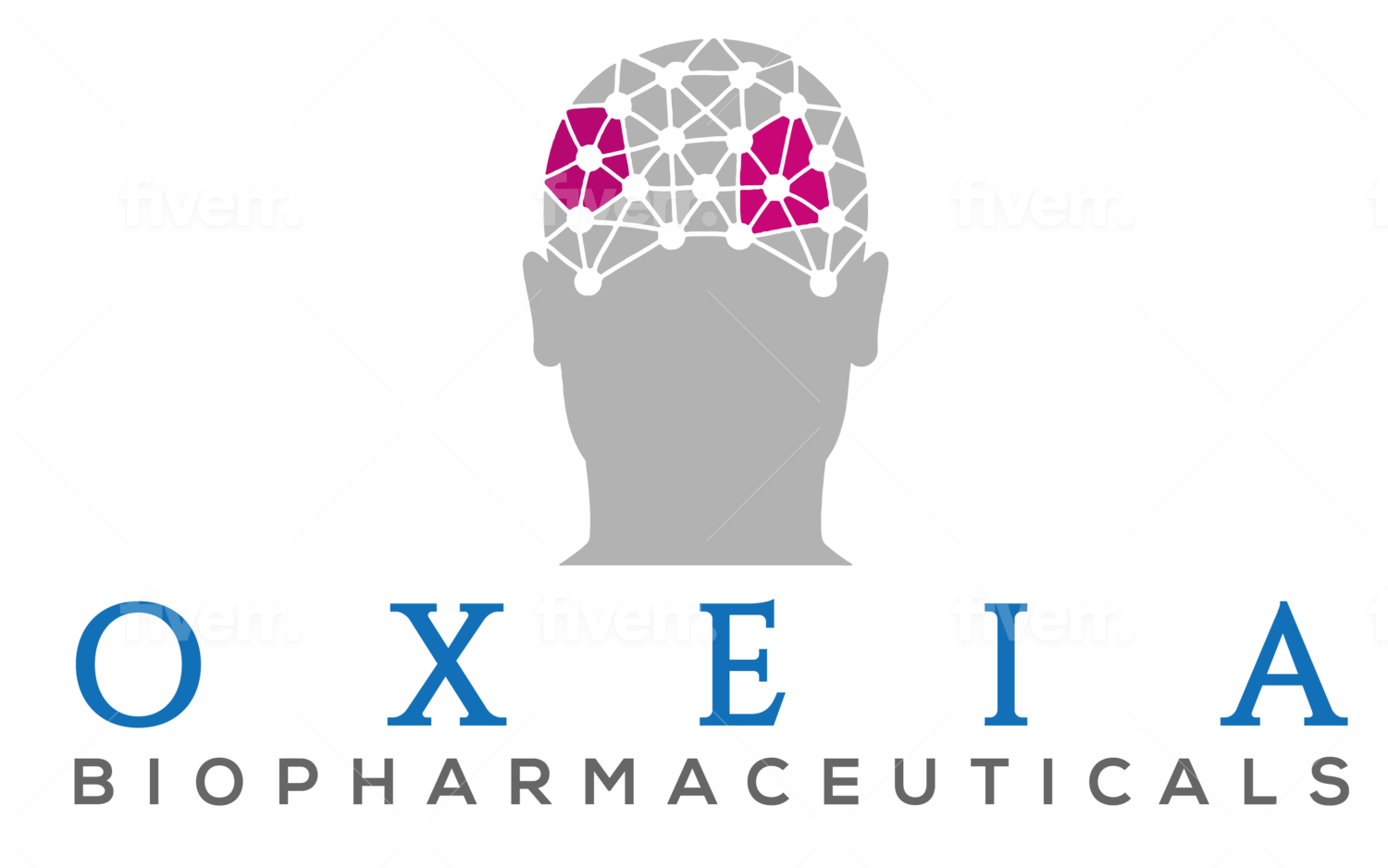Study Shows That Cumulative Force of Head Impacts are the Best Predictors of CTE
In a recent study, researchers at Harvard Medical School and Boston University’s Chronic Traumatic Encephalopathy Center examined the causes and severity of CTE in football players and found that the number of and the cumulative force of head impacts are the best predictors of CTE. This study, which looked at 631 brains, found that 71 percent had CTE. The football players that were considered to have experienced the greatest cumulative force of head impacts were shown to have the worst forms of CTE.
While diagnosed concussions on their own weren’t associated with increased CTE risk, they continue to be a silent epidemic in this country and abroad. An estimated 69 million people sustain a traumatic brain injury (TBI) from all causes every year worldwide. The greatest incidence per 100,000 people occurs in North America (1299 per 100,000 people).[1] Concussions are the most frequent TBI.
Concussions are caused by a direct or indirect blow, bump or jolt to the head. This sudden movement can cause the brain to bounce around inside the skull, which can result in chemical changes in the brain and sometimes stretching and other damage to brain cells.
Concussion symptoms include chronic headaches, depression, problems with thinking and memory, vision and balance issues, and sleep disorders. Symptoms can be debilitating and can persist for days to months or even years, affecting personal, work and school lives. Up to one third of patients do not fully recovery from their concussions.
The Harvard-Boston University study raises awareness of the critical need for continued steps to reduce the risk in football and other contact sports. However, no matter how safe we make sports, head impacts won’t be entirely eliminated for our athletes. Similarly, our servicemen and women, the elderly, traffic accident and abuse victims and others will continue to sustain head injuries. CTE and debilitating post-concussion symptoms will continue to cause severe impairment and suffering long after sustaining the injuries unless we find effective treatments.
At the same time that we are reducing the risk of head traumas, we must also double down on our efforts to find potential treatments.
[1] https://pubmed.ncbi.nlm.nih.gov/29701556/
